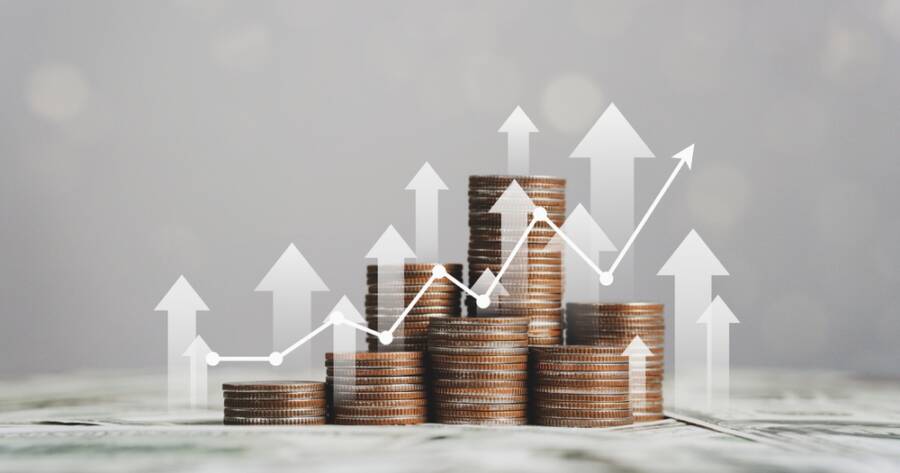As the year 2025 approaches, European investors navigate a complex landscape influenced by inflation and geopolitical tensions. The European Central Bank’s rate adjustments and EU policies set the scene for strategic investment amidst political uncertainties. Insights into sector-specific opportunities and fixed income strategies offer pathways to effectively manage emerging challenges in a volatile economic environment.
Understanding Inflation in 2025
As 2025 approaches, European investors are facing a new landscape marked by rising inflation, geopolitical tensions, and shifting economic dynamics. The European economy is displaying favorable conditions, driven by strong consumer confidence and robust corporate sentiments. However, risks such as potential trade tariffs from the U.S., geopolitical fragmentations, and political uncertainties within the euro area remain prominent concerns for investors to consider.
Adapting Investment Strategies
In light of these challenges, adjusting investment portfolios becomes crucial. The European Central Bank (ECB) has taken measures to cut interest rates, which aids in creating a supportive backdrop for investment in the Eurozone. Lower interest rates, juxtaposed with inflation, provide European equities with a unique opportunity for growth as companies adapt to changing market conditions by revising strategies to navigate potential recession risks.
The Role of EU Policies
EU-wide spending plans, particularly those focused on defense and infrastructure, while not expected to significantly impact growth until 2026, offer a longer-term investment vista. These reforms, especially in countries like Germany, as well as increased defense spending, present targeted opportunities for investors in sectors directly influenced by fiscal policies. Moreover, Europe’s historically high savings rates among households could potentially lead to a surge in consumer spending, boosting both the goods and services sectors throughout the region if confidence levels continue to strengthen.
Sector-Specific Investments
Investors are encouraged to explore sector-specific opportunities, as cyclical stocks in Europe demonstrate resilience supported by a return to capital spending. The energy transition and AI growth are particularly promising domains, as highlighted by BlackRock’s focus on high-quality growth companies in these areas. The appeal of European financial and industrial sectors is also growing, driven by improved loan pricing and demand, offering a stark contrast to the technology-centric U.S. markets that typically dominate.
Navigating Fixed Income Challenges
With inflation and rising interest rates reshaping the investment landscape, European investors are advised to reassess fixed income sectors. Balancing portfolios with high-yield and shorter-duration bonds, along with floating-rate bank loans and convertible bonds, can mitigate the impact of rising yields. As global interest rate cycles vary, rising hedging costs, particularly for USD-denominated bonds, present an additional layer of complexity in adjusting fixed income strategies.
Why You Should Learn More About Inflation in 2025 Today
Investors planning for 2025 must remain vigilant, as inflationary pressures and geopolitical developments continue to shape European markets. Understanding economic indicators and adjusting portfolios proactively are essential steps in navigating this challenging landscape. By focusing on sectors poised for growth and reconsidering fixed income strategies, investors can position themselves advantageously amidst uncertainty. Now, more than ever, staying informed about these economic shifts is crucial for strategic investment decisions.
Sources
European Equities and Economic Recovery
Europe’s Economic Turning Point
Investment Opportunities in Europe

